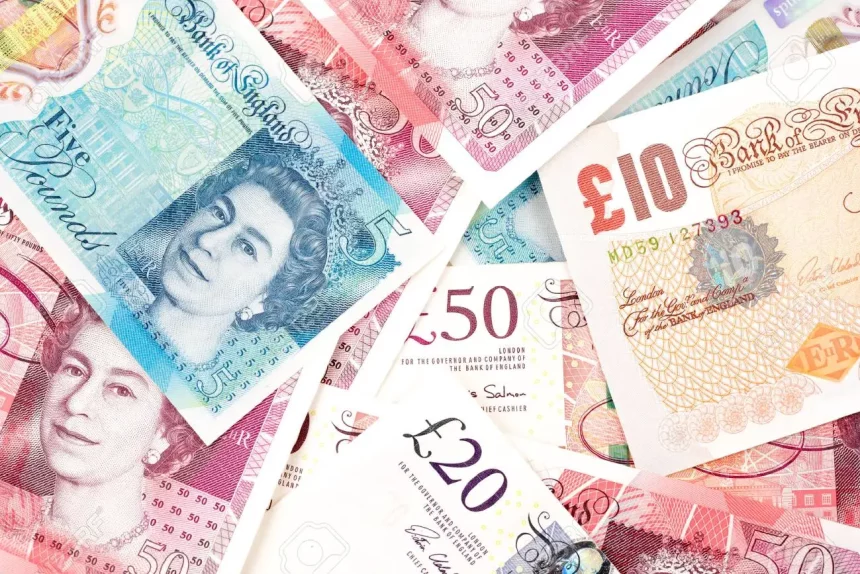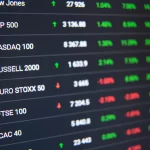GBPUSD completed a hat trick of three consecutive weekly increases, reaching its highest level in fourteen months. Pound Sterling bulls showcased their strength after a lengthy US Dollar decline that occurred. Despite a hawkish pause by the US Federal Reserve (Fed). With the Fed meeting behind us. UK inflation data, Fed Chair Jerome Powell’s testimony. And Bank of England (BoE) policy pronouncements will drive GBPUSD market activity in the next week.
What happened last week with the GBPUSD?
In the previous week, the pair moves were dominated by US Dollar dynamics. Traders were waiting for the US Consumer Price Index (CPI) data and a break in the Federal Reserve’s interest-rate hike cycle. Which had been completely baked in given the recent string of dismal US economic data. The US Dollar showed some indications of life in the run-up to these events, bringing. GBPUSD below the 1.2500 mark at the start of the week. However, weak US CPI data caused a significant sell-off in the US Dollar. Albeit losses were limited by rising US Treasury bond yields.
The Fed’s hawkish pause on Wednesday spared the US Dollar bulls the day. The Greenback has remained in demand at lower levels, limiting the gains in the GBPUSD pair around 1.2700. The Federal Reserve kept the Fed funds rate at 5.0%-5.25%. Halting its rate hike cycle for the first time since early 2022. However, the Fed’s Statement of Economic Projections, also known as the Dot Plot graphic, painted a hawkish image. Indicating the likelihood of two more rate hikes by the end of the year. The hawkish Dot Plot contributed to an amazing performance. The US dollar has recovered, as have US Treasury bond yields across the curve.
However, the optimistic sentiment around the US Dollar was short-lived, as sellers returned with a vengeance with the release of troubling US economic data on Thursday. The fall in the value of the US dollar pushed the GBPUSD pair to its highest level.
US Retail Sales increased 0.3% month on month in May, exceeding the 0.1% fall forecast, indicating resilience in consumer spending, the primary driver of US economic development.
However, an unexpected 0.2% dip in US Industrial Production marked the end of the US dollar. The University of Michigan stated in the American session on Friday that Consumer Confidence increased to 63.9 in June’s flash estimate from 59.2 in May. This data failed to elicit a significant market reaction, allowing the GBPUSD to retain its gains as the weekend approached.
The UK CPI, Powell, and the BoE are the three major events coming up.
Following a record-breaking Fed week, there is no respite for GBPUSD traders. In the coming week, there will be a flurry of high-impact economic events on both sides of the Atlantic.
Despite the fact that the week is holiday-shortened, with US markets closed on Monday in celebration of Juneteenth, post-Fed market adjustments across the FX board are likely to extend ahead of Wednesday’s big event risks.
The first two are Except for the United States Housing Starts and Building Permits data on Tuesday, trading days of the week are rather quiet data-wise. Wednesday will see the release of the United Kingdom Consumer Price Index (CPI) inflation figures, which fell to 8.7% year on year in April. The inflation data could shed new information on the Bank of England’s policy outlook.
On the US docket, Fed Chair Jerome Powell’s testimony on Wednesday will stand out. Powell will appear before the House Financial Services Committee about the Semi-Annual Monetary Policy Report.
The Bank of England is set to raise interest rates by 25 basis points on Thursday. However, the central bank’s interest rate forecast will be critical for the Pound Sterling. Because it is not a “Super Thursday,” there will be no press. The central bank’s interest rate forecast will be critical for the Pound Sterling. Because it is not a “Super Thursday,” there will be no press conference from BoE Governor Andrew Bailey.









